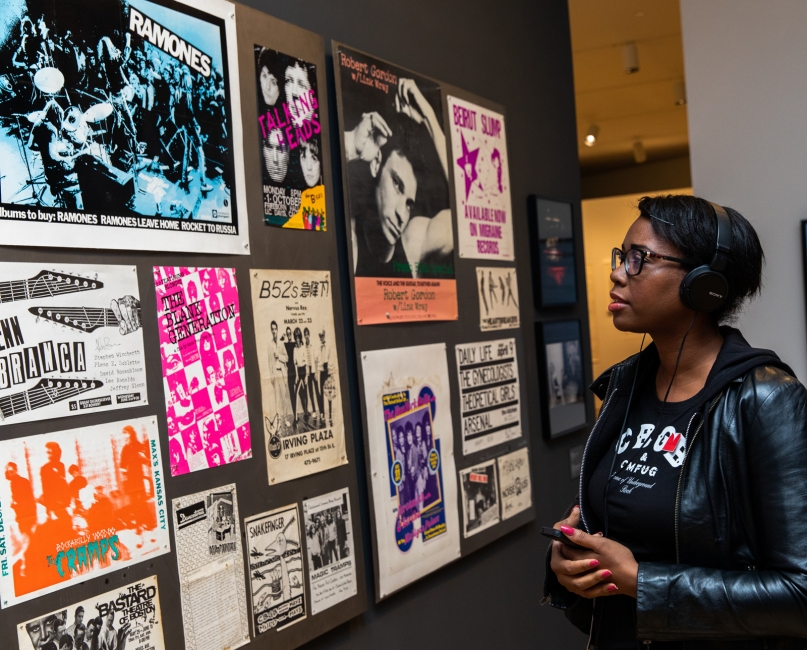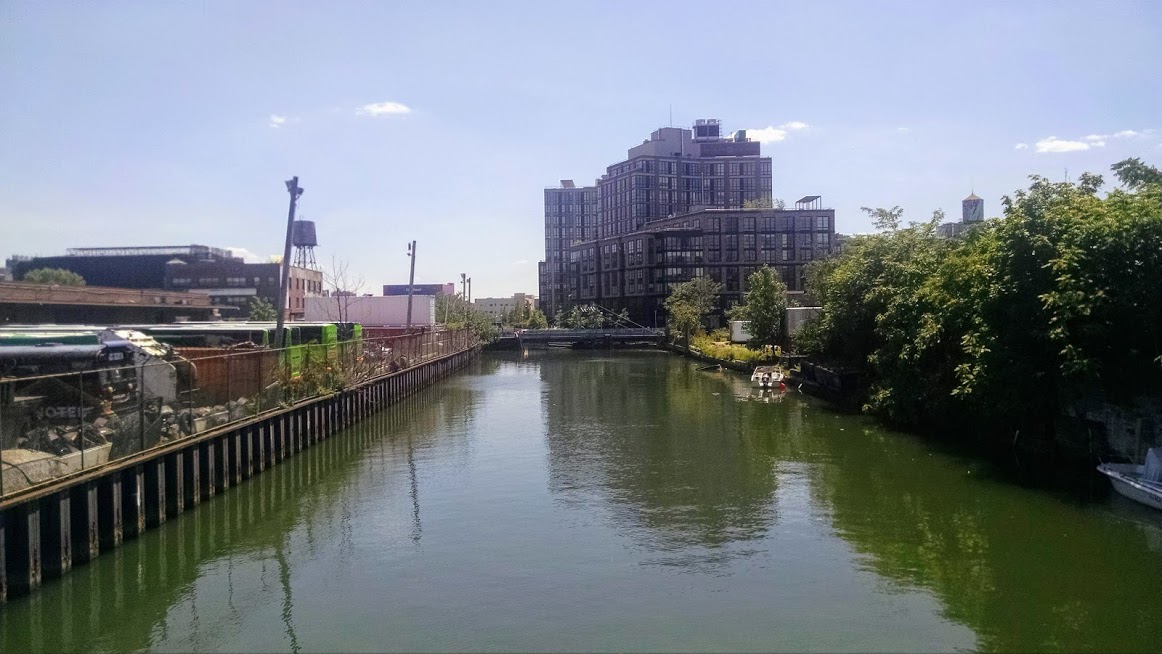Keeping Cities Weird
Recently, I visited “To Fast to Live, Too Young to Die,” an exhibit showcasing the graphic art of the early punk scenes in New York and London, at the Museum of Art and Design. The exhibit captured a raw, wild creative moment in New York.

(Photograph by Jenna Bascom. Courtesy of the Museum of Art and Design.)
Most of the music clubs and venues listed in the posters, newspaper advertisements, and zines comprising the show are long gone. I wondered: will New York (and other now global and prohibitively expensive cities) ever again experience such a moment? Has its day passed?
Richard Florida, the urbanist best known for popularizing the creative class theory, recently documented the possible geographic shift of artists and other creatives away from such well-established centers in the United States.
Speaking on the American Public Media program Marketplace, Florida noted that the high cost of living in these cities is driving away artists, writers, and other creatives. They can find comparable amenities (culture, dining, parks, etc.) and an arguably better quality of life in many cheaper cities and regions. Is this a warning bell or sadly an inevitable conclusion for New York?
I’ve been spending a a fair amount of time in Brooklyn this summer. The creative energy and nodes shifted from Manhattan to Brooklyn well over a decade ago.

The Gowanus Canal. Notice the luxury residential building in the background. (Photograph by author)
The Gowanus neighborhood stands as one example of this trend. The area is a mix of light industry, warehouses, and prototypical hipster fare of quirky shops, vintage stores, and brew pubs. But, for how much longer? A luxury residential building overlooks the (still toxic?) canal.
Can weird businesses and places survive in contemporary New York? If not, the future looks grim for its character and vitality. Why live in such a bland, sanitized city? Why even visit?